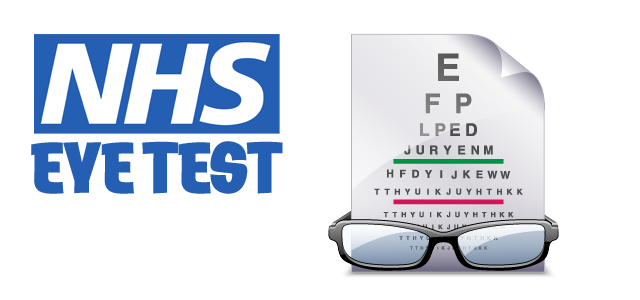![]()
Jack Brown Eyecare, Edinburgh Opticians.
Email: info@jbeyecare.com
Jack Brown Eyecare Branches
30 Elder Street, Edinburgh EH1 3DX
Tel: 0131 557 3531
Open in Google Maps
Westside Plaza, Edinburgh EH14 2SW
Tel: 0131 442 2333
Open in Google Maps

What is Amblyopia?
Amblyopia is the medical term for poor vision in one, or sometimes both eyes. It is generally caused by lack of use of one eye when the brain "favours" one eye over the other. In most cases, the eye itself is normal but is different in some way to cause this preference. In essence, amblyopia is a disorder of the brain cells that control the vision in one eye, not a problem with the eye itself. The brain cells diminish in size when they are not used.
The most common forms of amblyopia are strabismic and anisometropic.
Strabismic amblyopia occurs when a strabismus is present and the eyes are not aligned. The brain favours one eye over the other and the non-preferred eye is not adequately stimulated and the visual brain cells do not mature normally.
Anisometropia refers to the condition when the eyes have an unequal "refractive power". One eye may be nearsighted and the other is farsighted. Because the brain can not "balance" this difference, it picks the eye that is "easier" to use and develops a preference for this eye only.
Other causes of amblyopia include: Cataracts, Ptosis and trauma.
The most important factor in treating amblyopia is compliance with the treatment protocol.In most cases amblyopia is treatable. However, the success of treatment is dependent upon the initial level of vision, the amount of time the vision has been poor and the age of the child. The most important factor in treating amblyopia is compliance with the treatment protocol. Treatment requires "forcing" the brain to use the non-preferred eye. In most cases this means patching the normal eye for most or all of the day.
Glasses may also be required to "balance" an unequal refractive power between the two eyes.
If a cataract is present, this may need to be removed before amblyopia treatment can be started. The initial treatment period may be difficult for a child, as he/she is being made to use their "bad" eye. This usually lasts a short period of time, as their vision improves rapidly. It can not be overemphasised that the major reason for failure in the treatment of amblyopia is poor compliance with the treatment protocol.
Remember, amblyopia can be treated only when a child is young. If it is delayed until the child is older and more understanding, it may be too late!.
text size >












